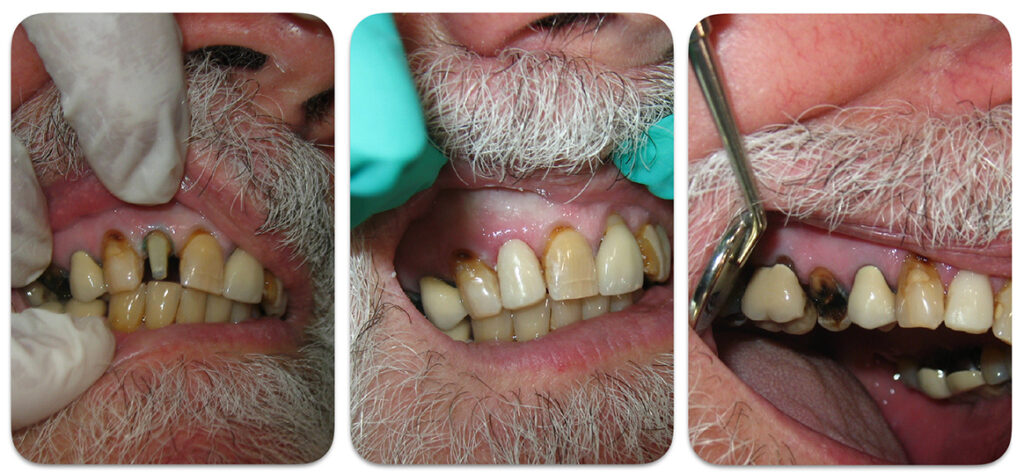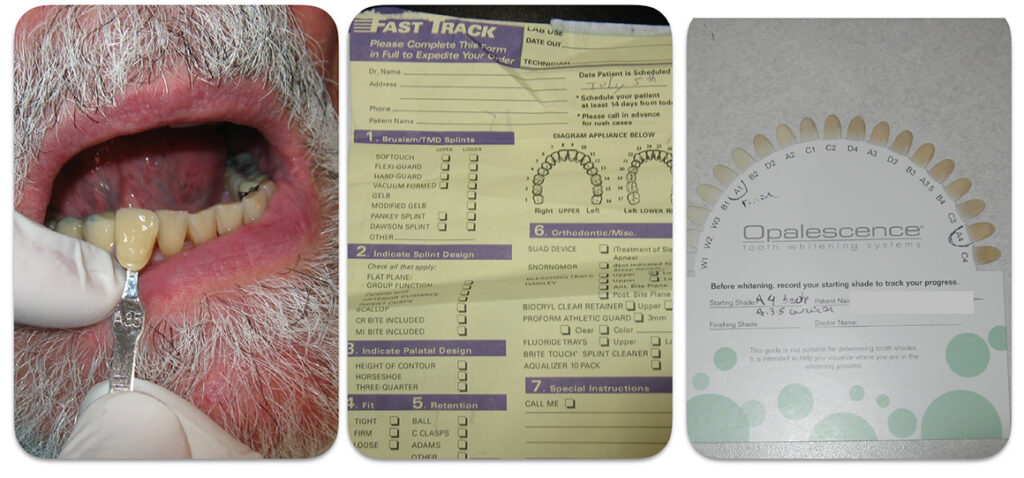(Click on photos to enlarge.)

Once treatment alternatives are devised and presented to the patient the therapy can be initiated.


Once the endodontics was completed a carbon fiber post/core was inserted .


It is important when placing these pins to utilize high powered magnification. Improper placement can result in perforation of the root or the pulp chamber. This is not an easy procedure. The other option is to perform endodontic therapy so that a more substantial post/core can be fabricated. Of course conservative therapy is many times the best option.

* Please note that when performing therapy on vital teeth and soft tissues we utilize septocaine (articaine hydrochloride 4 % and epinephrine 1:100,000). This anesthetic is amazing. Prior to my finding septocaine, I needed to administer mandibular block injections when working on the lower arch. Block injections are still sometimes necessary on occasion. When more hemostasis is required I utilize xylocaine with 1:50,000 epinephrine.


It’s important to utilize a good fitting tray that keeps the bleaching solution adjacent to the crowns and not spilling over the gingival tissues.

Crown preparation on the upper right cuspid.

The crowns were initially cemented with temporary cement mixed with a small amount of vaseline so that they are stable when evaluating the occlusion and aesthetics.
Please note the small porcelain fracture on the cuspid veneer. The prep was modified and a new impression was taken.



